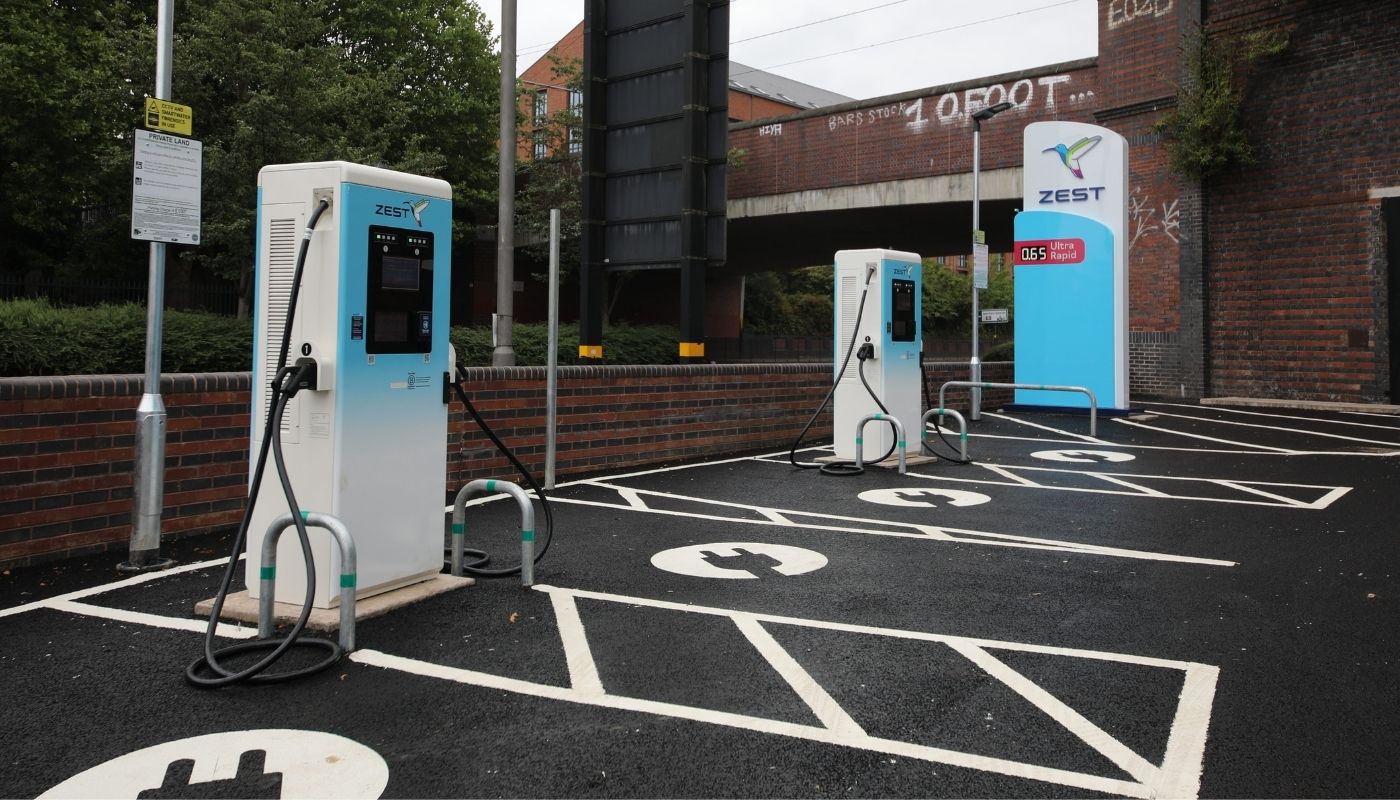The electrification of emergency service fleets

As the UK transitions to electrified transport, it’s imperative to consider the future of emergency service vehicles. This blog post will outline the current blue light transport decarbonisation strategies, discuss reasons to pursue electric fleets, and explore an example of blue light fleet electrification in action.
Current blue light strategy
The emergency service sector is already receiving financial investment into its EV infrastructure. More than £77 million has been invested into a joint Government and industry fund to develop zero-emission emergency service vehicles as part of the Government’s strategy to prioritise decarbonisation of the blue light sector. The projects are also expected to support the creation of 4,400 jobs across the UK within the next decade.
The NHS has demonstrated its confidence in transport electrification in its net zero travel and transport strategy. The report discusses how all NHS-owned and leased vehicles (excluding ambulances) will be zero emission by 2035. The NHS also aspires to reduce staff travel emissions by 50% through shifting to more sustainable transport options and the electrification of personal vehicles.
Why transition to electric?
The transition to electric fleets means blue light services can experience lower operating costs while reducing the sector’s dependence on fossil fuels and making an effective contribution to net zero goals. It will also positively impact the health of communities by contributing to decreased exhaust emissions, subsequent air quality improvements and reduced air-quality-related illnesses.
As blue-light vehicles don’t travel long distances regularly, they’re well suited to electrification. With the ability to gain charging infrastructure at the emergency service base, fleets can recharge frequently and eliminate range anxiety concerns.
Fleet electrification in action
West Yorkshire Fire and Rescue Service (WYFRS) are currently serving a 2 million strong population across 800 square miles as the fourth largest Metropolitan Service in England. Working in partnership with Zest to provide EV charging infrastructure, WYFRS is taking a proactive approach to EV adoption and ensuring the future efficiency of their operations.
"Having on-site charging facilities enables overnight charging and accommodates vehicles returning to base but needing a quick charge – which is critical in our line of work and supports our public protection duties as well as our sustainability targets.”- WYFRS Head of Estates, Richard Young.
The electrification of emergency service vehicles is a crucial step towards achieving national decarbonisation goals and demonstrates the strength of prioritising net zero investment. For blue light organisation interested in learning more about Zest’s EV charging solutions, reach out to our team at partner@zest.uk.com.



.jpg)
.jpg)

.jpg)